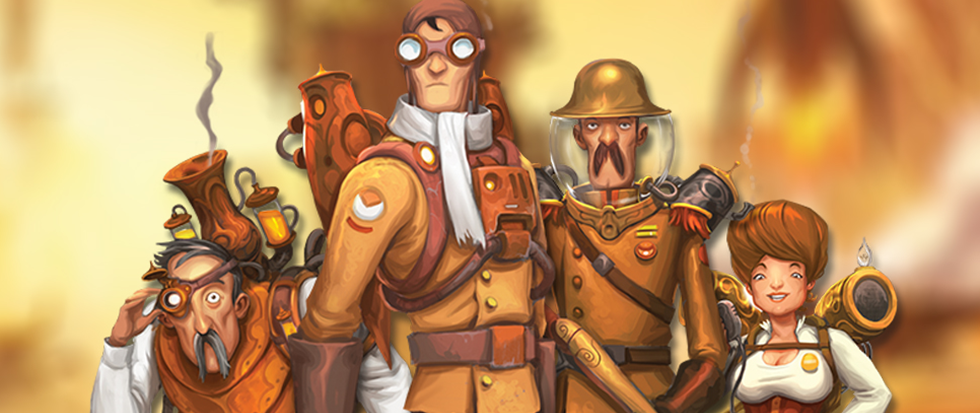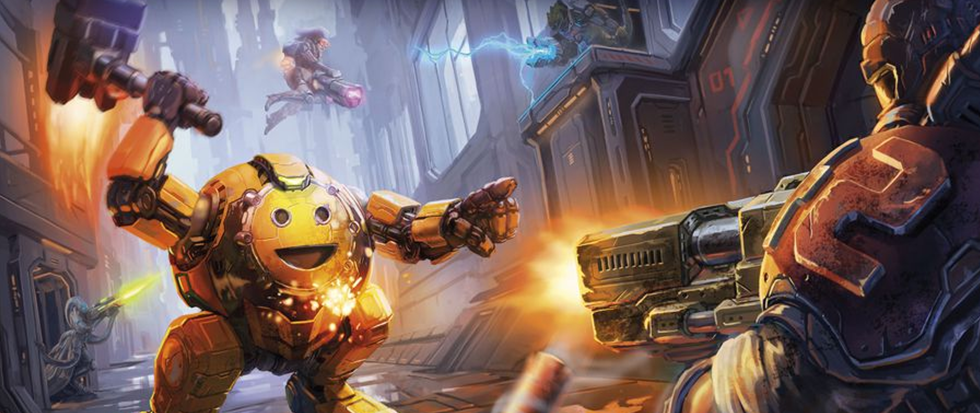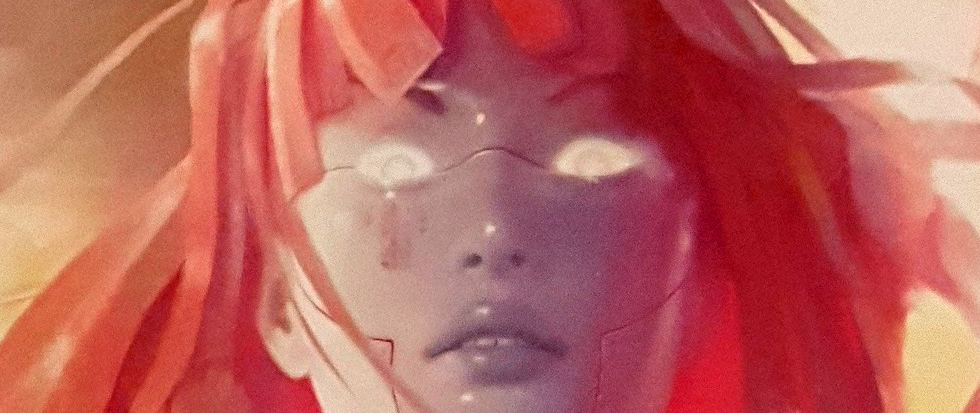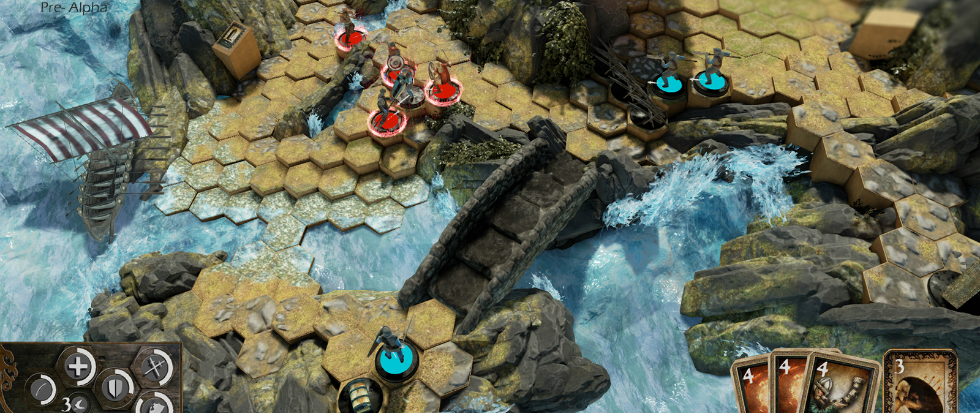
Action/Reaction
In most board games, you get to formulate strategies and execute them without much interference until you begin to implement them. This dynamic of reacting to each other’s actions forms the backbone of the play in board games. But what if you knew what your opponents were planning on doing before they started doing it? How would you react? What measures would you take to thwart their plans before they’ve even begun? How much do you put off your own plans to mess other players’ plans up? These questions get to the root of why Mission: Red Planet is one of the finest area control board games out there.
At a glance, Mission: Red Planet plays out like most area control games. You put little people on different regions of a board, and if you have the most people on a space, then you get points. The rub in Mission: Red Planet is that you don’t get to place people directly on the board. Instead, you place them on rocket ships that are traveling to specific destinations. These ships don’t launch right away, though, only letting your crew put boots on the ground once the round is over. Until then, ships reside in two states: docked and still accepting passengers, or on en route to a destination. But either way, the brightly-colored astronauts signal exactly what everyone’s intentions and strategies are.
Since each ship has a destination clearly written on top, you know what regions your opponents are going for. Your own strategies can suddenly be shaken as other interested parties try to muscle in on your action. Or the more crowded regions might signal certain ones that are being ignored, letting you take advantage. Like most board games, you’re reacting to what your opponents do, but Mission: Red Planet gives you time to react before anything happens.
Suddenly, strategies turn into beautifully malleable things. You begin thinking in trajectories instead of moves. The character cards have different powers on them, but they also have an initiative number that determines when you can place your people in ships. You get to determine when you act and react, and the card powers oblige with different ways of sabotaging what everyone else is doing – even going as far as blowing up a ship before it reaches Mars. But the ships can only hold so many people, meaning that if you wait too long, you might not go where you plan on going. You could even miss the ships entirely. When selecting your cards, you need to gauge whether the other players are going to be faster than you, and if so, by how much.
Mission: Red Planet peels back the veil on the thought processes of your opponents just enough for you to react to them, but not so much that the game becomes entirely about reacting to what others are doing like so many Munchkin-like games. You still have a plan to enact, and though your priorities may shift, the game still gives you the agency to enact them. But it also gives you the glorious feeling of witnessing potential futures that could lead to your downfall and letting you do something about it. Mission: Red Planet is a game about action, reaction, and the constant need to switch between the two. You’re always off balance, standing on not entirely stable ground. The fun is in realizing that so are your opponents.





